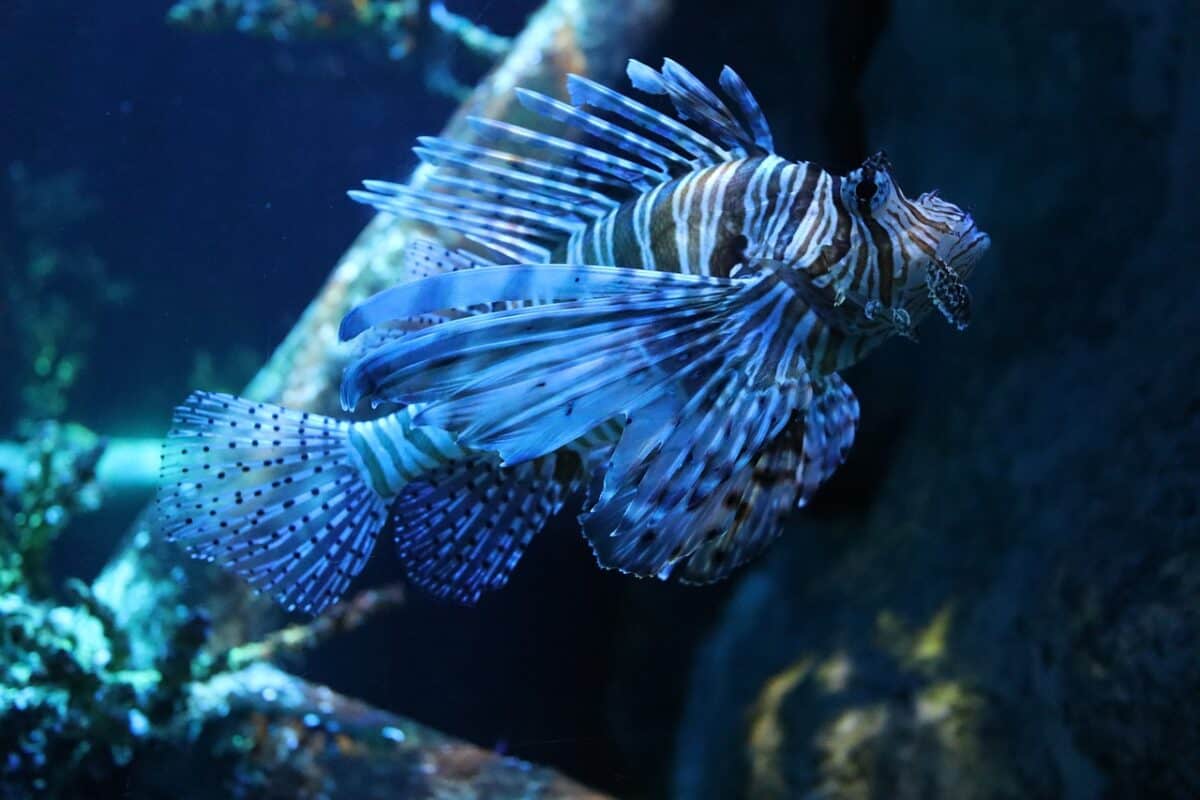The deepest parts of our oceans remain mysterious realms, hosting creatures that seem more like residents of a science fiction novel than inhabitants of our planet. These regions, devoid of light and enveloped in bone-chilling temperatures, harbor some of the strangest fish species known to humanity. From bioluminescent hunters to shapeshifters, each of these fascinating creatures tells a story of incredible adaptation. Join us as we explore the weirdest fish species lurking in the abyss.
The abyssal zone, located at depths of 3,000 to 6,000 meters, is one of the most enigmatic habitats on Earth. This dark underworld challenges life to adapt uniquely, resulting in bizarre and resilient species. With pressures over 1000 times greater than at the surface and temperatures dropping close to freezing, only the most adaptable of nature’s creations can survive here. The fish that dwell in this realm have developed extraordinary features and behaviors, making them subjects of endless scientific fascination.
11. The Anglerfish: The Abyss’s Lure Master
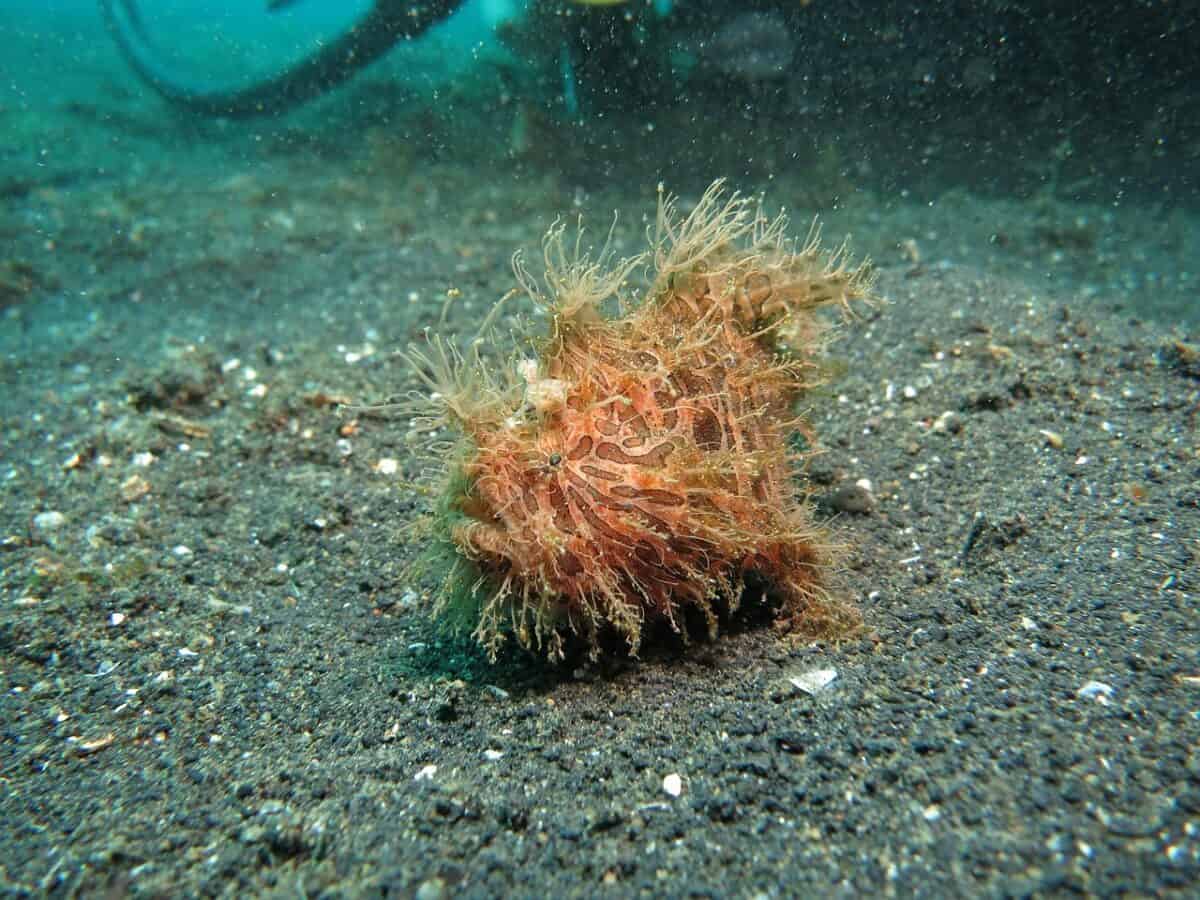
The anglerfish is perhaps the most iconic of the deep-sea oddities. Known for its grotesque appearance, the female anglerfish wields a natural fishing rod—a bioluminescent lure that attracts unsuspecting prey. This glowing bait is rich with bacteria that emit light, forming a beacon in the pitch-black waters. Male anglerfish are much smaller, often becoming parasitic, permanently attaching themselves to females and fusing with their bodies.
10. The Gulper Eel: Big Mouth in the Deep

With a mouth disproportionately large for its body, the gulper eel is another peculiar resident of the abyss. This fish can open its jaw wide enough to engulf prey much larger than itself. Its long, ribbon-like tail and bioluminescent organ at the tip further add to its oddity, aiding in maneuverability and attracting prey. Though its diet mainly consists of smaller fish and plankton, the gulper eel’s eating habits remain a curiosity to scientists.
9. The Blobfish: Defying Traditional Beauty

The blobfish has gained fame as the “world’s ugliest animal,” a title that belies its fascinating adaptations. Found in deep Australian and Tasmanian waters, the blobfish’s gelatinous body helps it withstand extreme pressure. Without a swim bladder, the fish maintains buoyancy by its unique body structure, allowing it to hover above the seafloor and consume edible matter effortlessly.
8. The Barreleye Fish: Eyes to the Sky
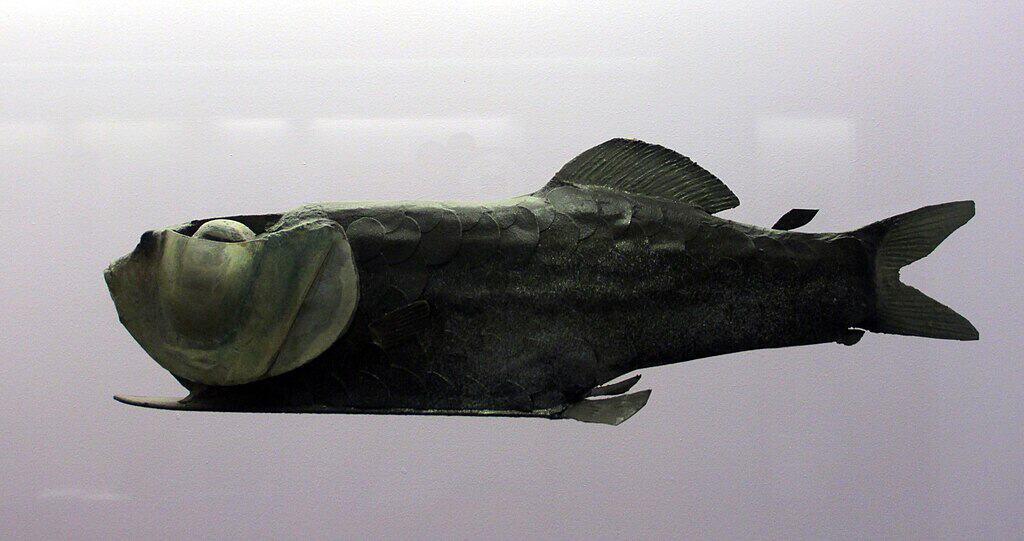
The deep-sea dweller known as the barreleye fish sports transparent heads and tubular eyes. These specialized eyes point upwards, seeking silhouettes of prey against faint sunlight filtering through the water. Such a structure allows them to pinpoint prey with remarkable accuracy. Their vivid green lenses filter light, enhancing their hunting capabilities in these dark depths.
7. The Fangtooth: Fear-inducing Fins
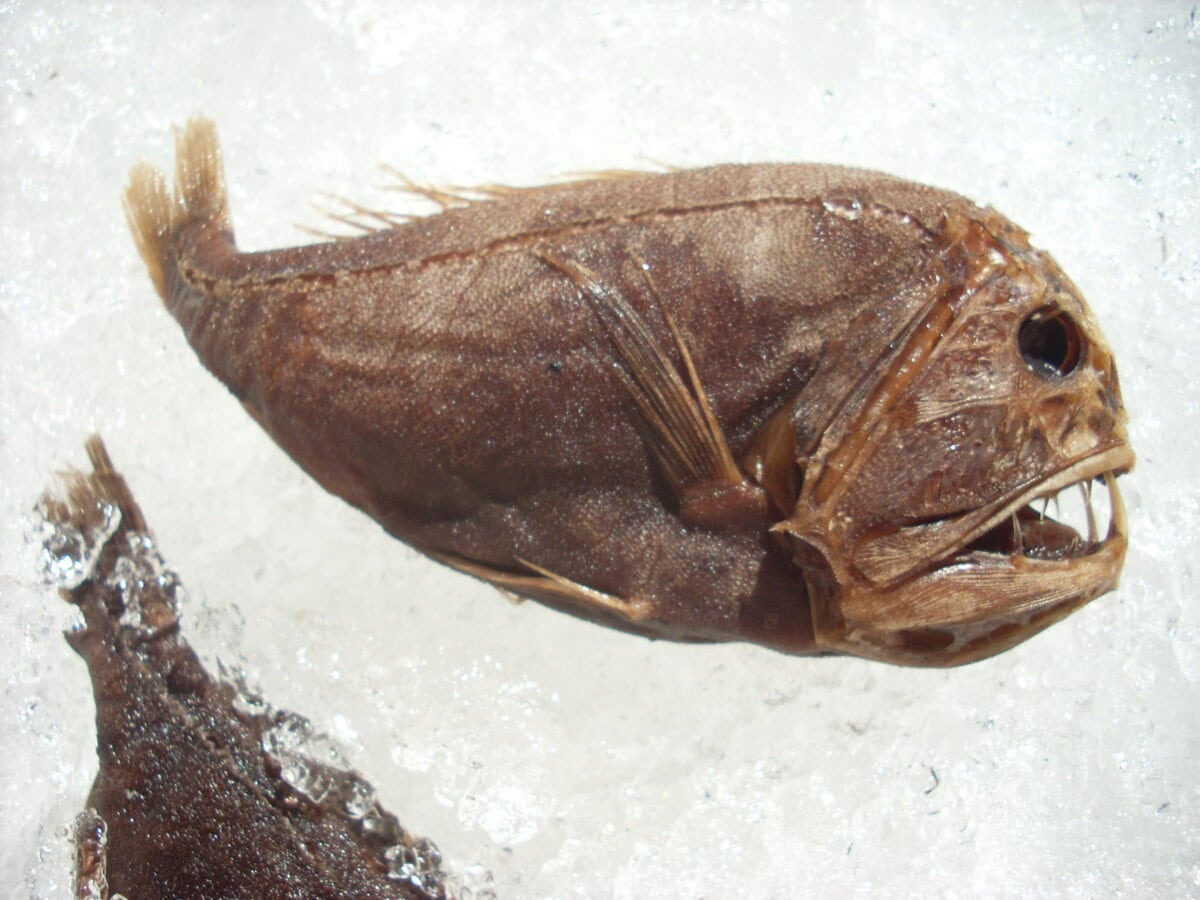
Fangtooth fish possess a fearsome look, equipped with the largest teeth relative to body size of any fish. Found in the deep ocean, they navigate through the darkness with surprising proficiency. Despite their appearance, these fish are relatively small, relying on touch via lateral lines to detect nearby movement and capture prey in the absence of sight.
6. The Dragonfish: Armored Predators
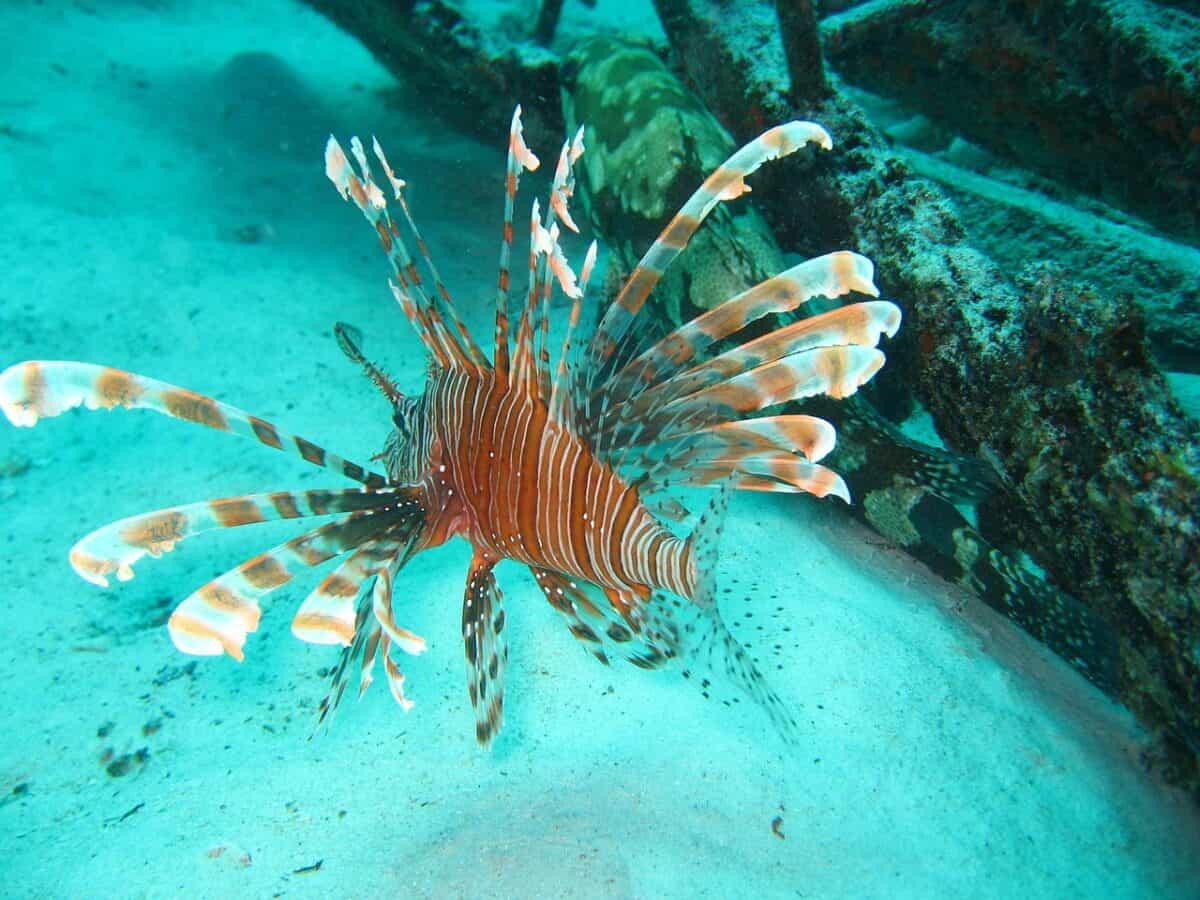
Dragonfish exhibit an intimidating array of bioluminescent features, including glowing teeth and scales—an evolutionary defense mechanism and a tool for predation. This bioluminescence camouflages them in ambient ocean light, a critical adaptation in their pitch-black environment. They hunt by producing red light beams, invisible to most deep-sea organisms except themselves, allowing for stealthy approaches.
5. The Vampire Squid: The Deep’s Unusual Hybrid

Though not technically a fish, the vampire squid warrants mention due to its eerie resemblance and intriguing adaptations. Occupying oxygen-poor depths, it conserves energy by drifting with currents rather than swimming actively. Its cloak-like arms and bioluminescence give rise to its vampiric nickname. With red eyes and a dark body, this cephalopod represents a unique evolutionary line, bridging ancient sea creatures with modern adaptations.
4. The Coffinfish: Pressure-Sensitive Puffers
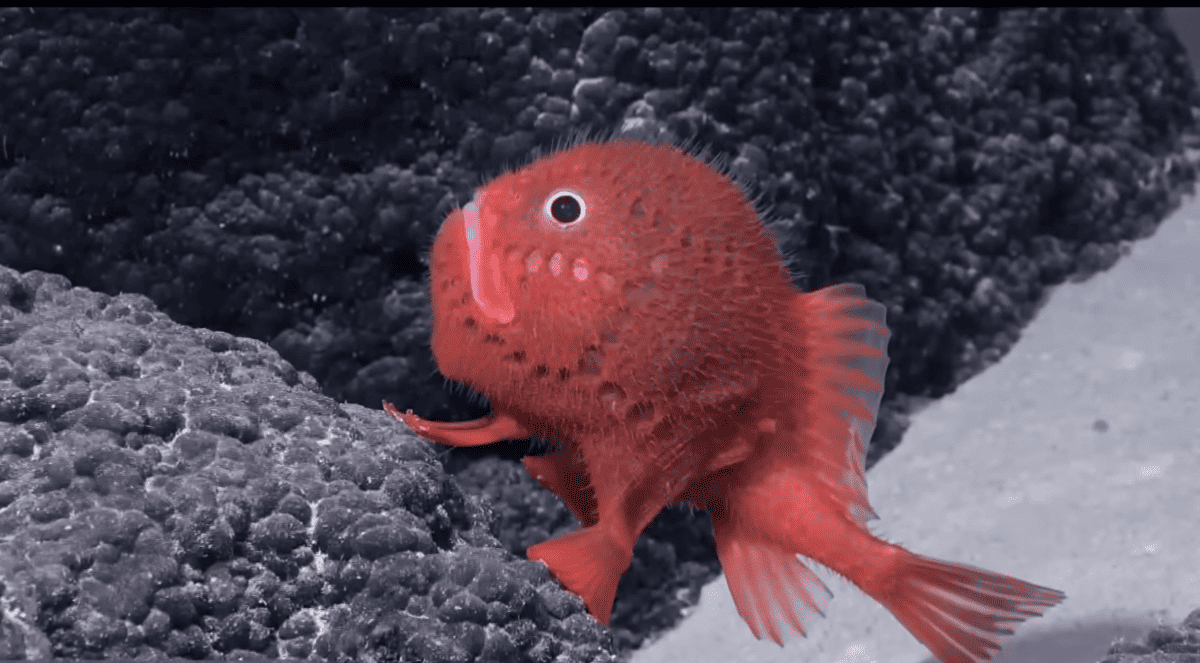
Coffinfish have a peculiar ability to inflate like balloons—a defense against predators in the deep. Residing on continental slopes, their skin-covered spines and ability to gulp water for inflation make them distinctive survivors. Scientists only within recent decades began understanding their enigmatic life cycle and behavior patterns.
3. The Snailfish: Jellied Inhabitants

Constituting some of the deepest-living fish, snailfish represent biological wonders. Their robust gelatinous bodies help withstand pressures higher than any other vertebrate can survive. Snailfish navigate and feed near hydrothermal vents, spawning at temperatures that would otherwise immobilize many species. These fish show life can flourish even in harshest conditions through adaptation.
2. The Deepsea Lizardfish: Camouflaged Carnivores
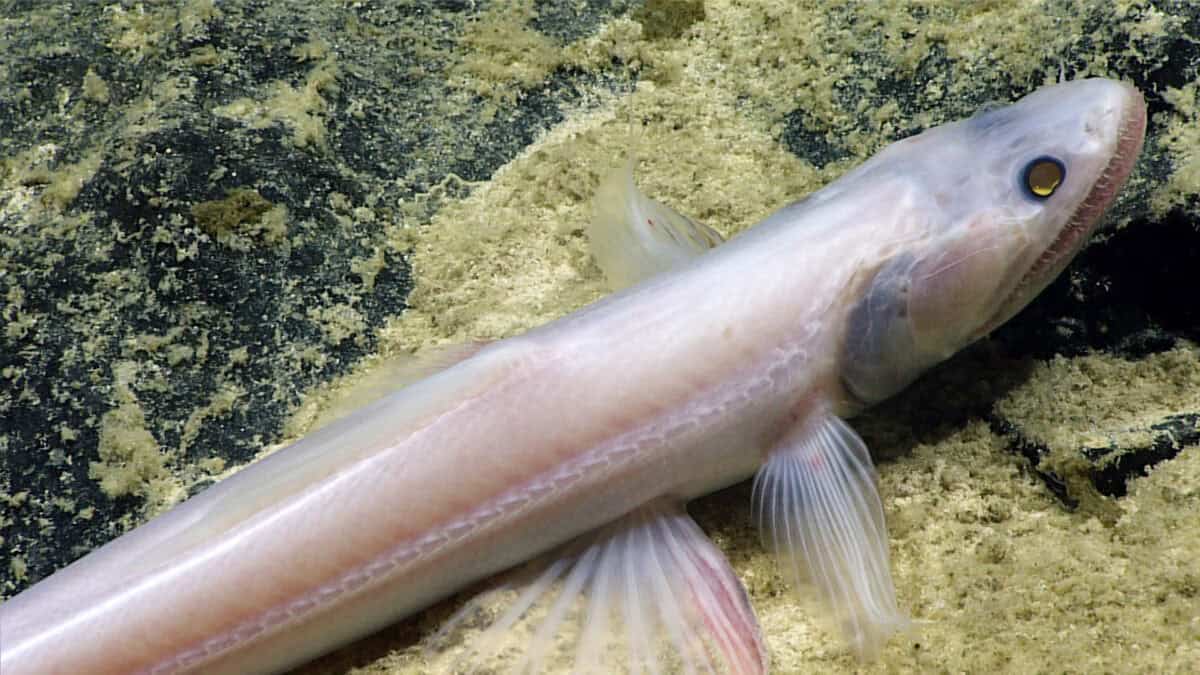
Lurking at considerable abyssal depths, the deepsea lizardfish camouflages within the murky ocean floor, poised to strike prey. With razor-sharp teeth and elongated bodies, these solitary hunters are perfectly equipped for survival in the dark. Despite their intimidating appearance, they face few threats due to limited human interaction. Within their niche, they serve an integral ecological role.
1. The Tripod Fish: Stationary Stalkers
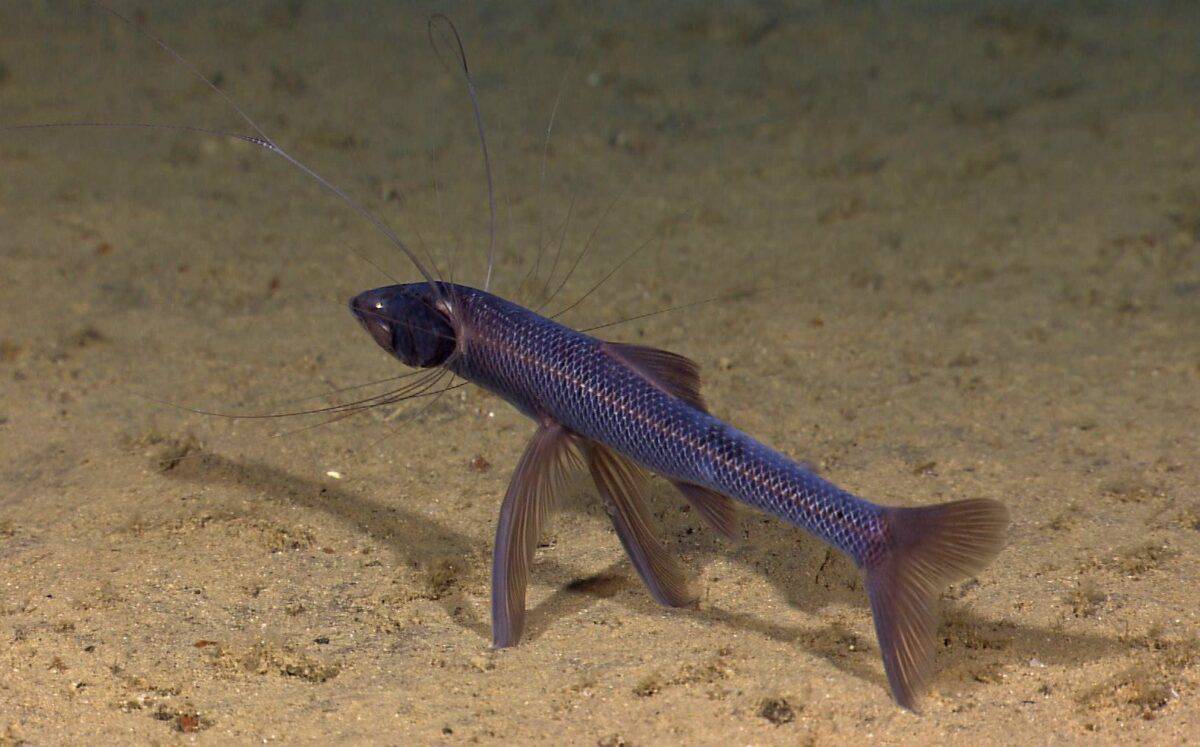
Tripod fish, named for their extended fin rays used to anchor themselves to the seafloor, exhibit behavior and adaptations reminiscent of land-based hunters. By planting their elongated fins, they stabilize in strong oceanic currents, waiting patiently for food to drift within reach. Their remarkable balance and perceptive sensory adaptations highlight the resourcefulness of Earth’s most isolated species.
While the abyss may seem inhospitable and strange to human eyes, it is home to an astonishing diversity of life. Each of these peculiar fish species demonstrates remarkable evolutionary tenacity, thriving in environments that challenge the very meaning of survival. Exploring these depths reminds us of nature’s ingenuity and the myriad mysteries that still await discovery beneath the waves. As scientists continue to uncover secrets from these remote habitats, we’ll undoubtedly learn more about the complex network of life dwelling in the abyss’s perpetual darkness.
- The World’s Most Poisonous Frog Can Kill Ten Men with One Touch - August 21, 2025
- Why Elephants Mourn Their Dead Just Like Humans Do - August 21, 2025
- Where to Watch Wild Horses Run Free in the U.S. - August 21, 2025

